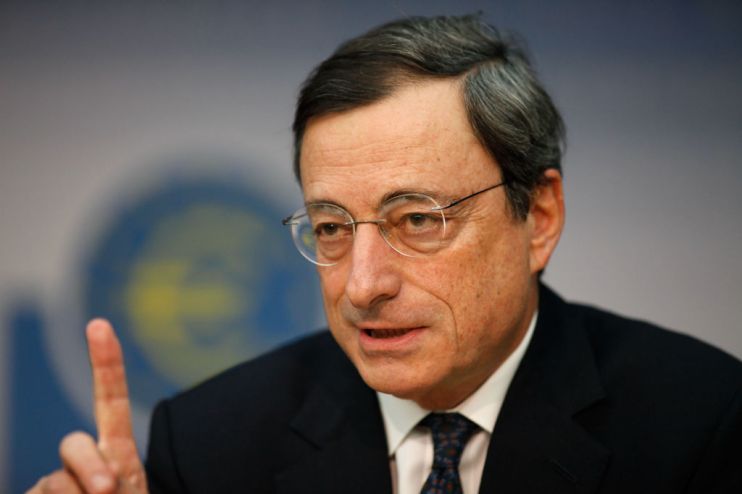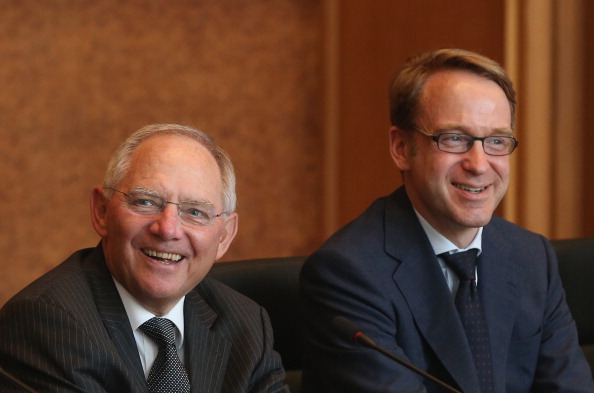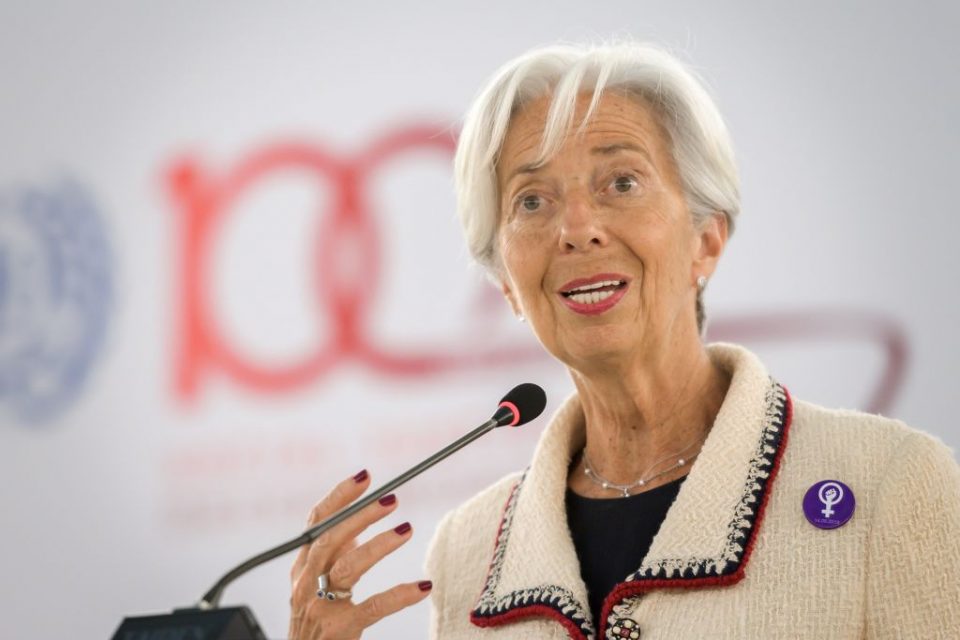‘Super’ Mario Draghi’s ECB odyssey comes to an end

European Central Bank (ECB) president Mario Draghi will today chair the final rate-setting meeting of his eight-year tenure. If not quite a poisoned chalice, his successor Christine Lagarde is certainly being left with an unappetising cocktail.
Read more: Mario Draghi’s ECB reign ends with Eurozone ‘close to stagnation’
Growth in the bloc is slowing towards levels not seen since the Eurozone crisis and inflation has hit a three-year low. Moreover, the ECB’s board is riven by a rancorous debate over how the slowdown should be tackled.
Nonetheless, so-called Super Mario is widely-hailed as having saved the euro. Will his legacy endure?
‘Whatever it takes’
When Draghi took over from Jean-Claude Trichet in November 2011, the decade-old Eurozone had not recovered from the global financial crisis. Countries such as Greece and Ireland looked unable to pay back exorbitant loans they had received, largely from German and French banks.
The ECB had also just made what Jim Leaviss of investment manager M&G calls the “biggest policy mistake of its young history”: Trichet had raised interest rates during the slump.
Draghi quickly reversed the rises. Then came his finest hour. In a speech in London in July 2012, within earshot of the Olympic beach volleyball, he said: “The ECB is ready to do whatever it takes to preserve the euro. And believe me, it will be enough.”
Investors breathed a sigh of relief, reassured that Draghi would not let the Eurozone crumble.
New problems
However, Draghi’s “whatever it takes” mantra did not sit easily with many Eurozone members, creating a festering argument that continues today.
Rates were slashed and the ECB ramped up government bond-buying. In 2015, Draghi fired the monetary policy bazooka, launching a €1.1 trillion bond purchase programme known as quantitative easing (QE).
Investors cheered the move and growth picked up. But in Germany – a bastion of ultra-orthodox monetary policy – as well as other northern European countries, policymakers fiercely objected. All a central bank should do is keep inflation in check, they said.

Last month, the tussle with Germany and its northern allies once again burst out from behind closed doors when the ECB relaunched the giant QE programme, which had been dormant since 2018.
“I consider the bond purchases simply disproportionate,” says Joerg Kraemer, chief economist at Germany’s Commerzbank.
Read more: Two highs and two lows of Mario Draghi’s reign at the ECB
He says the use of QE against “harmless low inflation had severe negative side effects,” raising the risk of bubbles in asset prices such as property and encouraging “zombie banks” to rely on ultra-cheap money.
Europe’s slowdown
An irony of Draghi’s tenure has been that – despite holding the euro together during its darkest hour – he has failed at his central task.
The ECB’s stated aim is to keep inflation at below but close to two per cent, something Draghi has not managed. Inflation fell to 0.8 per cent in September.
Meanwhile, economic growth has recently slowed to levels not seen since the Eurozone crisis as the bloc is buffeted by the US-China trade war and weak global demand.
Seema Shah, chief strategist at Principal Global Investors, says that as Draghi hands over to Lagarde, “monetary policy ammunition has been all but exhausted”.

Draghi himself has said central banks are at their limits. At the ECB’s last meeting, he said: “Fiscal policy” – taxing and spending – “should become the main instrument” to push up growth and prices and called on states with budget surpluses to increase their spending.
Shah says: “A more effective stimulus would be a sizeable German fiscal package. That would act as a circuit breaker, boosting euro area growth and inflation.”
This is the environment into which former International Monetary Fund (IMF) chief Lagarde will be plunged. She has already told European parliament members that “central banks are not the only game in town”. Luckily, she’s no stranger to bitter intergovernmental fights.
Governments may well now ride to the Eurozone’s rescue by providing their own spending boosts. But in 2012, M&G’s Leaviss says, Draghi did not have that support.
Read more: IMF warns 2019 global growth will fall to financial crisis levels
“In a world where politicians refused to save the Eurozone through fiscal redistribution,” he says, “he did whatever it took. It wasn’t perfect, but it was the best we had.”
(Image credit: Getty)